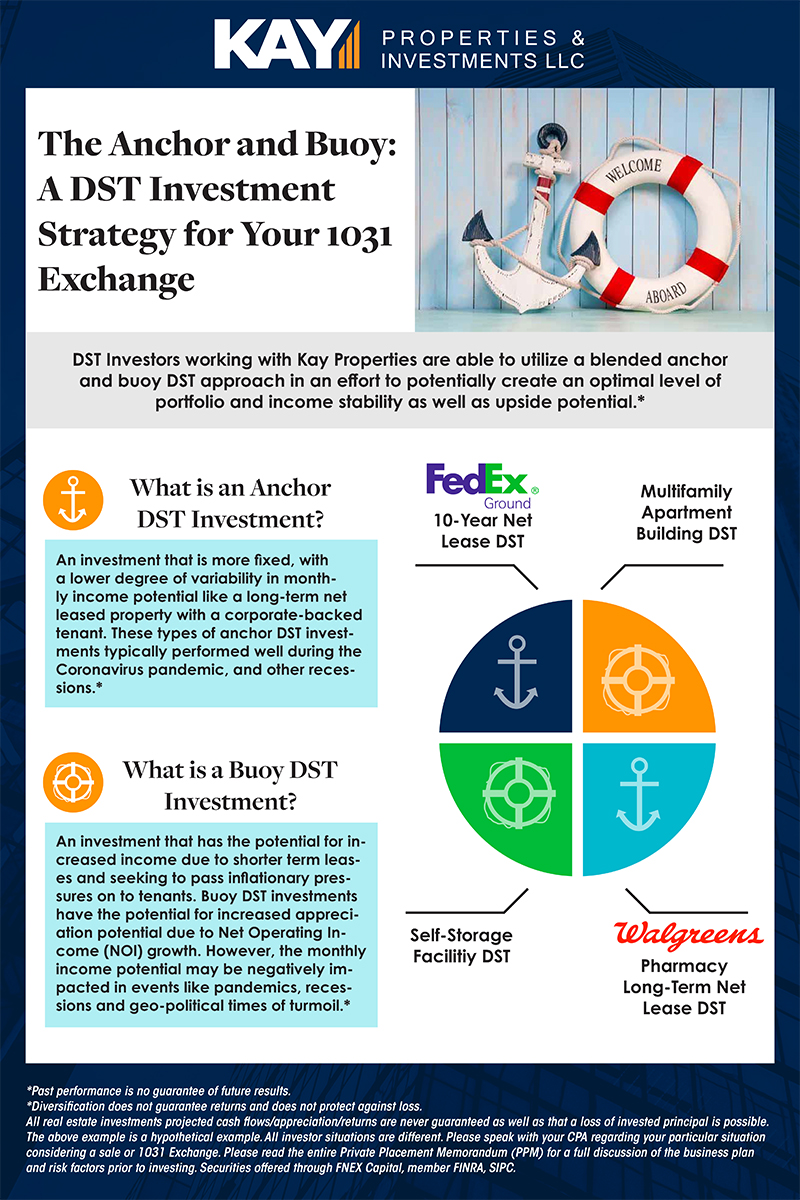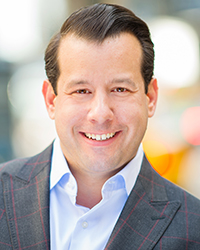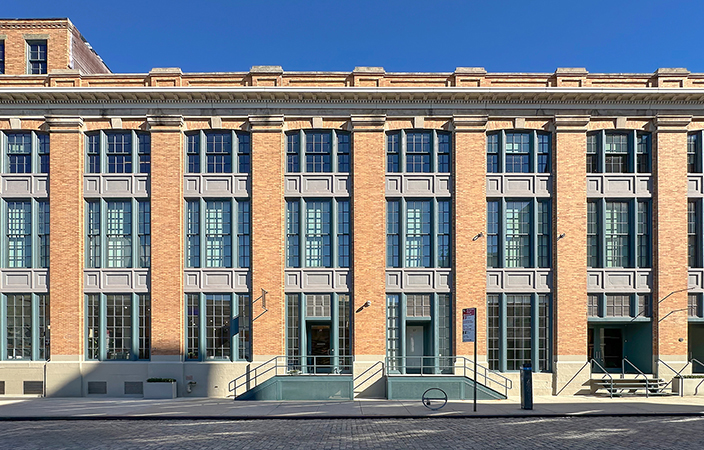Delaware Statutory Trusts and the anchor and buoy investment theory - by Dwight Kay

For investors currently considering a Delaware Statutory Trust (DST) investment for either their 1031 exchange or direct-cash investment, one of the first things to consider is what investment strategy should be pursued? For example, is the goal to achieve greater appreciation, even if it means investing in an asset that carries greater risk? Or rather is the long-term strategy to have steady monthly income, even if it means lower overall appreciation potential?
 Sometimes, investment professionals call this the “anchor and buoy” investment theory. One of the beautiful things about Delaware Statutory Trust investments is that they can potentially provide investors the benefits of both the anchor and buoy investment strategies.
Sometimes, investment professionals call this the “anchor and buoy” investment theory. One of the beautiful things about Delaware Statutory Trust investments is that they can potentially provide investors the benefits of both the anchor and buoy investment strategies.
How Can a Delaware Statutory Trust Be a ‘Buoy Investment’?
A Delaware Statutory Trust is a real estate ownership structure that allows multiple investors to each hold an undivided beneficial interest in the holdings of the trust. The term “beneficial interest” means that investors hold a percentage of the ownership, and no single owner can claim exclusive ownership over any specific aspect of the real estate. The laws of DSTs allow the trust to hold title to one or more investment properties that can include commercial, multifamily, net lease, retail, office, industrial, self-storage, etc.
To better understand how to use the anchor and buoy theory to evaluate potential DST investments, consider a multifamily building that has 500 tenants. First, while residential properties use comparable sales or “comps” to approximate valuation, multifamily properties are also valued based on the amount of net operating income (NOI) they produce. NOI is calculated by subtracting a property’s operating expenses from its gross income.
• Gross income is derived from the sum of all sources of income for the multifamily property. While the vast majority of income comes from rent payments, there could also be ancillary sources of income, such as covered parking fees, laundry/vending income, pet rent income and even rent for storage unit access.
• On the flip side, operating expenses are the costs required to run the multifamily property on a day-to-day basis. Although these amounts vary depending on the type of building, the line items typically will be very similar. These can include utilities, taxes, insurance, maintenance, property management fees and even legal fees.
In this example, the multifamily building has a diversified tenant base of 500 tenants who are paying rent each month. Additionally, because most multifamily assets use an annual lease, landlords have the opportunity to potentially raise rents every year. In addition, any vacancies can provide owners another opportunity to potentially raise rents when filling the vacancy. In this way, multifamily properties act like a buoy, moving and adjusting with the conditions.
While all real estate investments have some form of material risks associated with them, such as interest rate risks, vacancies, general market conditions and financing risks, many investors like assets like multifamily and self-storage because they have the potential to appreciate over time. In addition, multifamily and self-storage are considered good “buoys” to potentially hedge against inflation, because owners can hopefully raise the rents each year to help offset rising costs.
How Can a Delaware Statutory Trust Be an ‘Anchor Investment’?
So, if a multifamily building or self-storage facility are considered “buoy” DST investments, then what is an “anchor” DST investment? Many investors consider a commercial net lease type of asset as more of an anchor investment for their DST 1031 exchange investments. Net lease arrangements are where the tenant pays a portion of or all of the expenses associated with the commercial property, including taxes, insurance fees, and maintenance costs in addition to a base rent.
Net lease properties can be considered more of an anchor because instead of using NOI and market capitalization rates (cap rates) solely as a valuation measurement, most commercial net lease assets are going to additionally tie the valuation of the property with the creditworthiness of the tenant. For example, Joe’s Pizza Shop is not as creditworthy of a tenant as FedEx or Walgreens, both of which are considered investment grade tenants. Joe’s Pizza Shop can shut down, and investors are left with an empty building, which comes with the potential for expensive maintenance costs and unpaid rent. While it is possible that FedEx or Walgreens can also shut down a location, the odds are that these multibillion-dollar public companies will continue to pay rent as they have investment-grade credit ratings by Standard and Poor’s.
In addition to the creditworthiness of the tenant, anchor investments also use the length of the lease as another important factor to take into account. For example, a FedEx distribution center with a 10-year lease is an inherently valuable asset because there are 10-full years of potential income that has a corporate guarantee on the lease to pay the landlord the predetermined amount each month. However, while this type of asset can act as an anchor over the course of many years, there is typically not an opportunity to raise rents as can be found in multifamily or self-storage facility DST investments.
How Delaware Statutory Trust Investments Blend Both Anchor/Buoy Philosophies
DST investments provide investors several ways to incorporate both anchor and buoy investment strategies by incorporating diversification into a real estate portfolio. For example, DSTs can create diversification through geography, property type and investment structure.
Geography
The beautiful thing about Delaware Statutory Trust investments is they can hold real estate assets in any state across America, helping investors target properties in specific markets they believe will deliver a desirable combination of ongoing income and potential appreciation. For example, investors might decide to invest in tax-friendly, high-growth states like Texas, Florida or North Carolina, among others.
Property Type
Delaware Statutory Trusts also allow investors to achieve the potential for greater diversification through property types as well. For example, DSTs can include a wide range of asset types, including apartments, distribution centers, medical buildings and self-storage facilities. Essentially any asset that can qualify as a “like kind” 1031 exchange property can potentially be structured as a DST.
Investment Structure
Another way DSTs help investors incorporate both anchor and buoy investment strategies is through investment structure. A good way to explain this is to recognize that while many DSTs consist of a single property, other DST investments consist of a larger portfolio of similar assets e.g., multiple apartment complexes, self-storage facilities, office buildings or retail properties. In this way, a DST portfolio can create a “built-in” diversification component that many investors find attractive.
In conclusion, an investor could place their entire exchange proceeds into a multifamily or self-storage DST if they were seeking greater upside potential that the buoy strategy is seeking. The downside is that if the economy were to suffer – if another pandemic or any other myriad black swan events were to happen – that investor could easily see cash flow cut in half or suspended entirely. So, in an effort to enhance appreciation potential, the investor sacrifices the stability of income that many investors are seeking in today’s volatile environment.
However, many investors these days are achieving the goal of potential appreciation by utilizing the buoy investment strategy of multifamily and self-storage DSTs and at the same time blending in the anchor strategy in an effort to gain potential stability of income by utilizing long-term net leased DSTs with tenants such as FedEx and Walgreens.
This blended anchor and buoy combination strategy is gaining popularity as investors consider where we are in today’s economic and geopolitical environment.
Dwight Kay is founder and CEO of Kay Properties & Investments, New York, N.Y.
SABRE coordinates sale of six properties totaling 199,845 s/f


Lower interest rates and more loan restructuring can help negate any negative trending of NOI on some CRE projects - by Michael Zysman

Behind the post: Why reels, stories, and shorts work for CRE (and how to use them) - by Kimberly Zar Bloorian

Strategic pause - by Shallini Mehra and Chirag Doshi








.jpg)
.gif)
.gif)